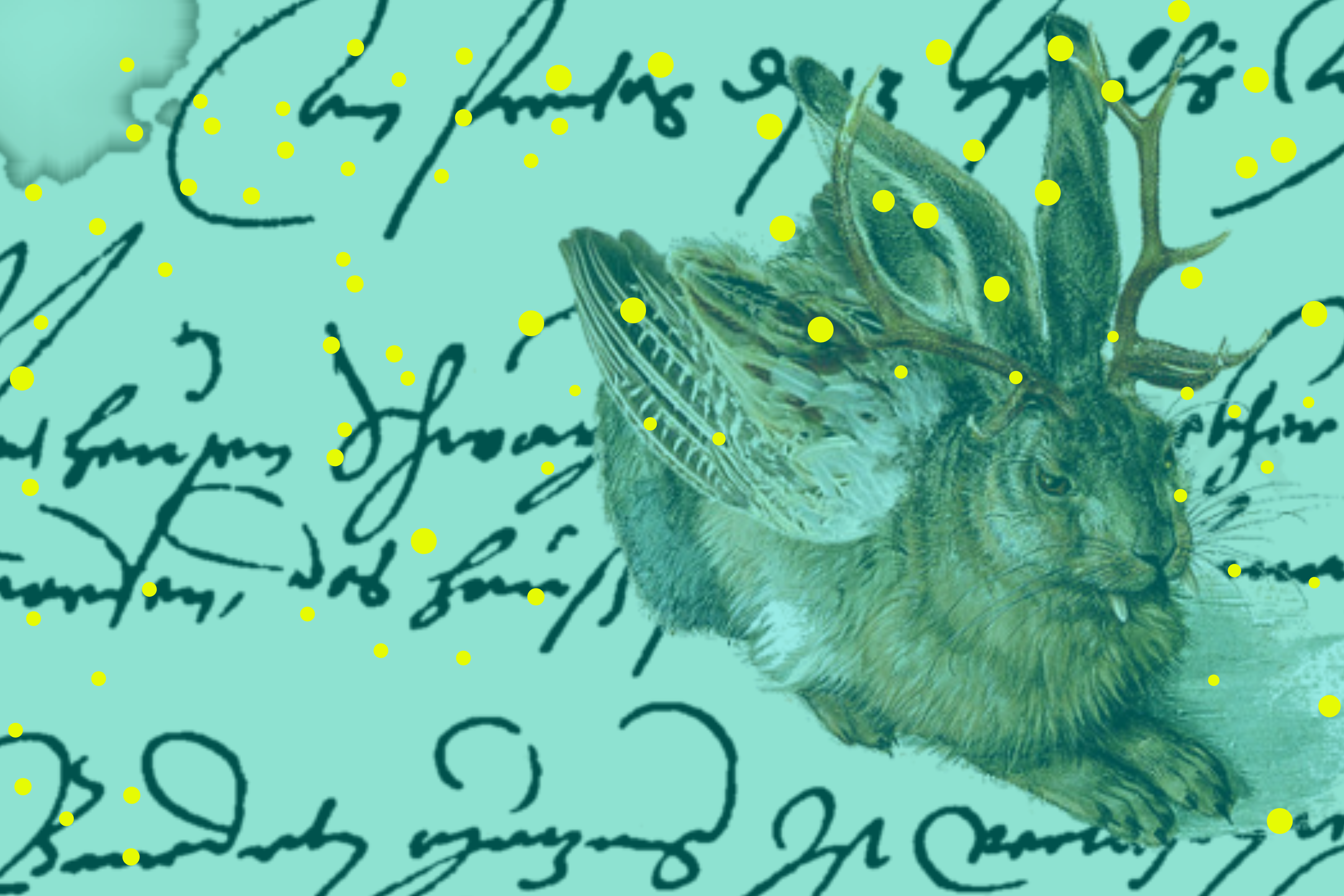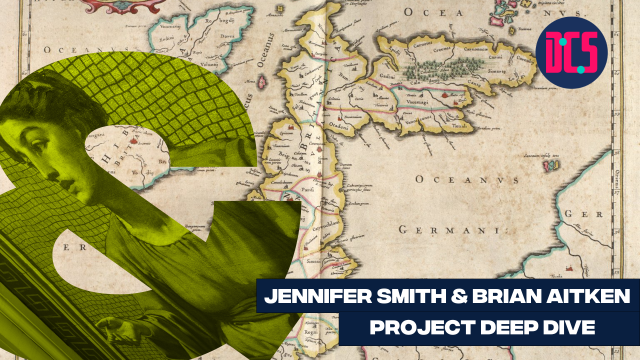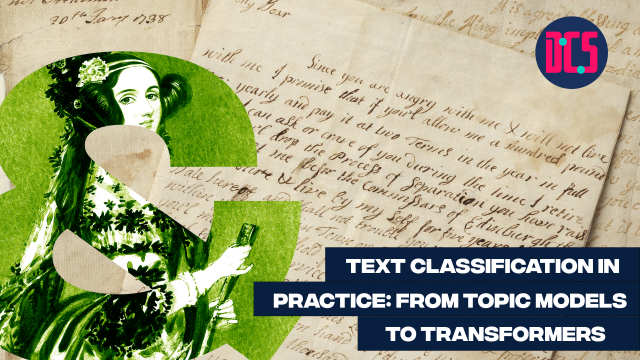Working on Digitised Manuscripts with Transkribus
Please note this event was postponed from Tuesday 11 April to Thursday 13 April 2023.

IN PERSON
This workshop will explain and demonstrate the Handwritten Text Recognition (HTR) platform Transkribus, a popular tool since its release for making historical documents more readable and accessible. Currently, Transkribus has over 1,700 regular users, representing 80 institutions, and is regularly utilised in crowdsourcing projects on a range of collections. Led by AHRC funded PhD student Joe Nockels, who has recently published work using Transkribus on National Library of Scotland (NLS) material cooperating with the developers of the software at the University of Innsbruck, these two sessions will ensure that pitfalls in using automatic transcription are avoided and untethered creativity can emerge in your work without error concerns.
The first part will cover how HTR technologies have served to fill the gaps left by Optical Character Recognition (OCR) and how they differ as tools. Then we will see how to upload documents to Transkribus; how to segment them into lines to be transcribed; and how to train and run an HTR model to automatically produce transcripts. Other powerful functions of Transkribus will be highlighted, such as the keyword spotting tool, and further resources will be provided.
Transkribus is a community project at heart and any transcriptions made, even a few pages, further their effort in producing accurate software. Engaging in these sessions will not only introduce you to an essential transcription tool but enable others to improve their own projects on the back of your effort also.
This is an beginner level workshop. No previous knowledge on the topic is required but some previous knowledge of digitised documents will help to follow the content.
Those who have registered to take part will receive an email with full details on how to get ready for the workshop.
After taking part in this event, you may decide that you need some further help in applying what you have learnt to your research. If so, you can book a Data Surgery meeting with one of our training fellows.
More details about Data Surgeries.
If you’re new to this training event format, or to CDCS training events in general, read more on what to expect from CDCS training. Here you will also find details of our cancellation and no-show policy, which applies to this event.
If you're interested in other training on digitised documents, have a look at the following:
- Silent Disco: Cleaning OCR’d Data with Regex
- Working with OCR
- Silent Disco: Linked Open Data
- Can you just digitise? Introduction to digitised documents
Return to the Training Homepage to see other available events.
Digital Scholarship Centre
Digital Scholarship Centre, 6th floor
Main Library
University of Edinburgh
Edinburgh EH8 9LJ












